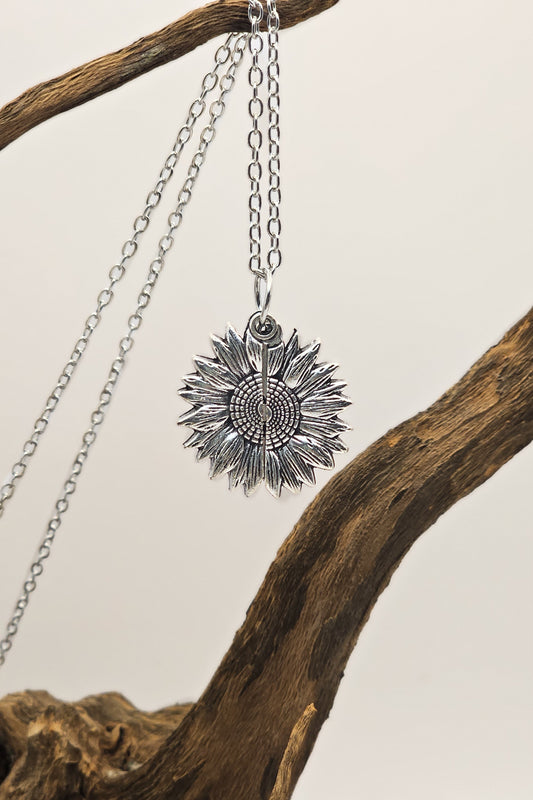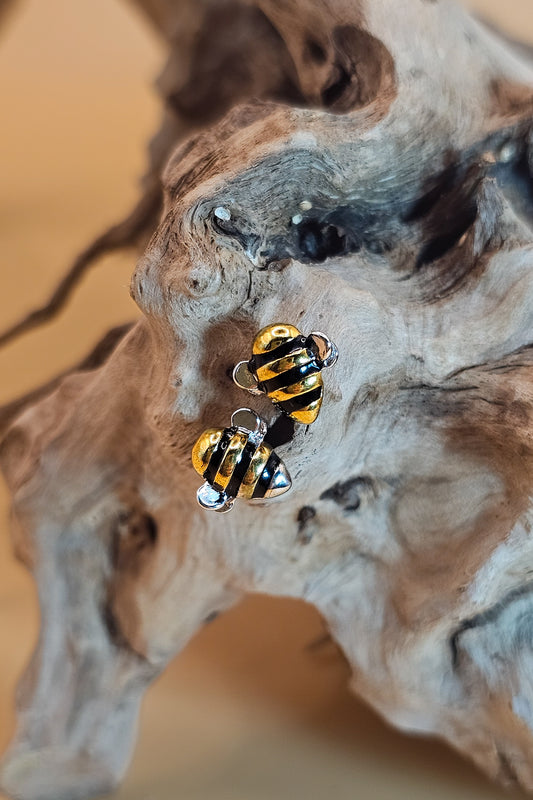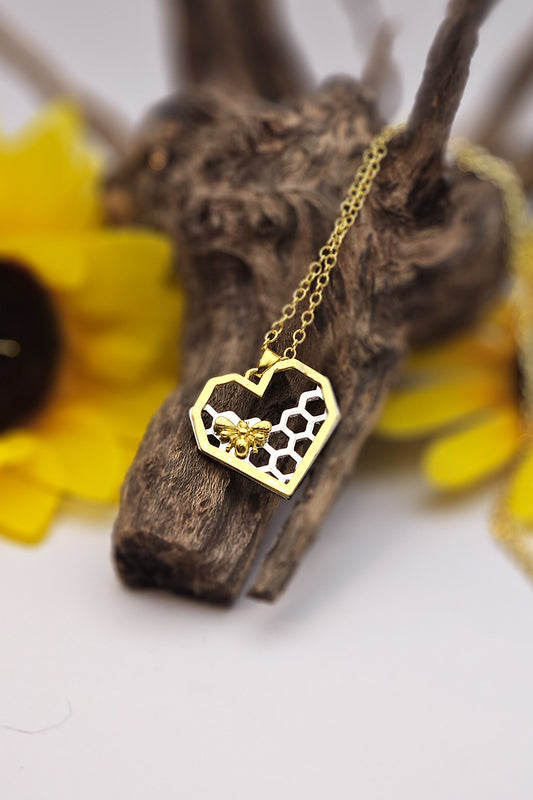It's Friday, and this is our fifth installment of Amazing Facts About Bees this week! We've shared a total of 118 tidbits, and could probably continue for another whole week! We may do another week with more fabulous facts about bees again soon. Here are today's 28 Amazing Facts for you to enjoy:
Apis mellifera means honey-bearing bees. Apis is bee in Latin, melli is honey in Greek, and ferre is 'to bear.'
There are 20,000+ species of bees in the world, but only 7 species are honeybees.
Honeybees collect pollen and nectar from plants to feed themselves and baby bees, and they use nectar to make honey.
Honey bees have a long, straw-like tongue called a probiscus that they use to drink nectar.
Honeybee worker bee foragers visit up to 5,000 flowers every day.
Honey bee flight muscles beat 12,000 times every minute.
Bee festooning describes when bees make a chain like a necklace of jewels to build new honeycomb or repair old comb.
Worker bees generate wax from eight wax producing mirror glands on the inner sides of the sternites in their abdomens.
A queen has a barbed stinger but only uses it to sting rival queens since there can only be one queen in a beehive.
This 6:59-minute video by Animalogic takes us into the Amazing World of Bees for more fun facts:
Male drone bees are haploid, since they only have half the chromosomes of worker bees.
Drones developed from unfertilized eggs, so although they have no father, they have a grandfather (the queen’s father).
The virgin queen bee gathers sperm from 12-20 drones on her mating flight and stores it in her spermatheca.
Some bees are generalists and some are specialists when it comes to the plants they pollinate.
The only honey-making bees are in the genus Apis, as in the western honeybee, Apis mellifera.
When you hear a bee buzzing, it is the sound of the bee’s wings beating around 200 times per second.
Honey is the bees most famous product, but they make other products that humans also find useful.
Propolis is used by bees as a gluey sealant to repair the hive, and humans use it as a wellness product.
Royal Jelly is secreted from the hypopharynx glands in the heads of nurse bees and it is fed to larvae and adult queens.
Beeswax is a waterproof lubricant and bees use it to make hexagonal beehive cells. Humans make candles from it.
Bee venom is odorless and melittin is its most active pain-causing allergen. It is a strong anti-inflammatory agent.
Pollen is from flowers but bees collect it and it is consumed by humans for seasonal allergy relief.
Worker bees have what are called ‘pollen baskets’ on their legs to gather pollen while foraging.
Bees remember your face, so they know you after they see you a few times.
Solitary bees do not live in colonies and are not considered social bees, but they live close to other solitary bees.
The main types of solitary bees are mason, carpenter, digger, plasterer, leafcutter, and sweat bees.
Bumblebees are native, social insects that live in small colonies.
Once European settlers brought honeybees to North America, the Native Americans called them ‘white man’s fly.’
The old people in Europe, especially countries like Ireland and England, spoke to their bees, especially about births and deaths in the family. This was known as ‘telling the bees.’
Thanks for tuning in this week. People have enjoyed the posts, and that is BEE-utiful news! In closing here is one last tidbit:
We need to care about bees, and bees need us to care about them. Hopefully learning more about them this week has inspired us all to be there for our local bees and to help educate others about these amazing insects.
Happy Weekend!








